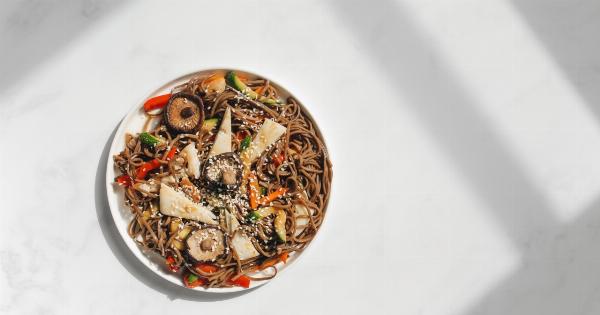When it comes to wound healing, sugar may not be the first thing that comes to mind. We often associate sugar with unhealthy eating habits and the risk of developing various diseases.
However, sugar has been gaining recognition for its surprising wound healing properties. In this article, we will delve into the potential benefits of using sugar as a natural wound healer, exploring different methods of utilizing sugar for treating wounds.
Understanding the Science Behind Sugar’s Wound Healing Properties
Although it may sound counterintuitive, sugar exhibits several properties that promote wound healing. When sugar comes into contact with a wound, it creates a hypertonic environment, which draws water out of bacterial cells.
This dehydrates the bacteria and inhibits their growth, helping to prevent infections. Additionally, sugar has antimicrobial effects and can reduce the production of inflammatory substances, further aiding in the healing process.
The Different Methods of Using Sugar for Wound Healing
There are several ways in which sugar can be utilized as a wound healer. The most common method is known as “sugar packing.” To use this method, the wound is first cleaned and disinfected.
Then, granulated sugar is applied directly to the wound and covered with a sterile dressing. The dressing should be changed regularly to maintain cleanliness and avoid potential complications.
Sugar-Based Wound Dressings: An Emerging Trend
In recent years, the medical field has seen the development of sugar-based wound dressings. These dressings are infused with sugar and provide a convenient way to apply sugar to a wound.
They act as a barrier, delivering a controlled release of sugar to the wound, while also providing protection and promoting optimal healing conditions.
The Role of Sugar in Moist Wound Healing
Moist wound healing is a widely accepted approach that aims to create an ideal environment for wound healing. Sugar contributes to this process by creating a moist, but not excessively wet, environment.
It retains moisture within the wound bed, facilitating the migration of cells involved in wound closure and promoting the formation of new tissue. Additionally, sugar aids in the removal of dead tissue, allowing for a cleaner wound bed.
Advantages of Using Sugar for Wound Healing
The use of sugar as a wound healer offers several advantages. Firstly, sugar is inexpensive and readily available, making it an accessible option for people with limited resources.
Sugar is also easy to apply and does not require specialized equipment or training. Furthermore, sugar has a low risk of adverse effects and allergic reactions, making it suitable for a wide range of individuals.
Potential Limitations and Considerations
While the use of sugar in wound healing shows promise, it is essential to consider potential limitations and challenges.
Sugar treatment may not be suitable for all types of wounds, such as deep or heavily infected wounds, and it is always prudent to consult with a healthcare professional for proper wound assessment and management. Additionally, individuals with diabetes or other medical conditions must exercise caution when using sugar as a wound healer.
Case Studies and Evidence Supporting Sugar’s Effectiveness
Several case studies and research papers have highlighted the effectiveness of sugar in wound healing.
For instance, a study published in the Journal of Wound Care demonstrated that sugar dressing significantly reduced wound size and facilitated healing in patients with chronic wounds. Other studies have also reported positive outcomes when using sugar-based treatments for various types of wounds, including leg ulcers and diabetic foot ulcers.
Conclusion
In conclusion, sugar possesses remarkable wound healing properties and can be considered as a natural wound healer.
Its ability to create a hypertonic environment, inhibit bacterial growth, and promote a moist wound healing environment contributes to its effectiveness. While sugar may not be suitable for all wounds or individuals, it offers an accessible, low-cost alternative for promoting wound healing.
With further research and development in this field, sugar-based treatments may play a more significant role in wound care in the future.






























